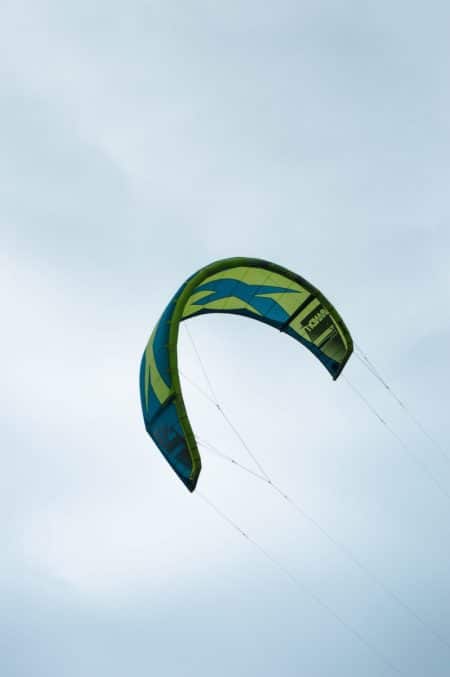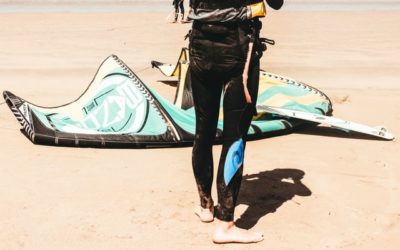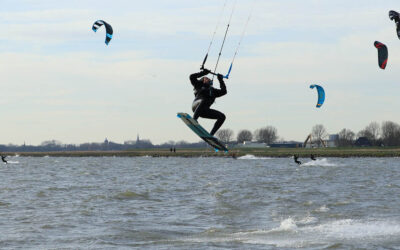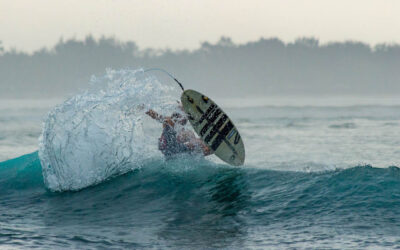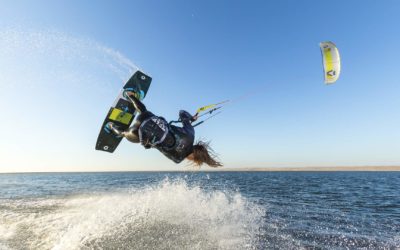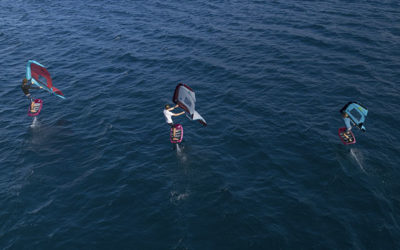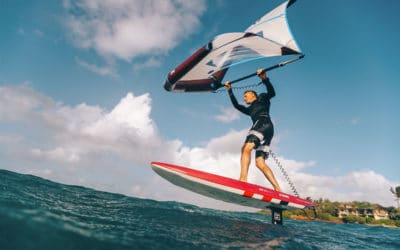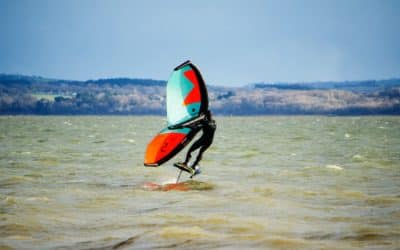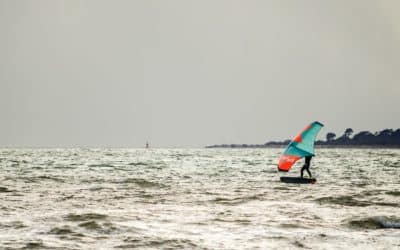Which kite size to choose for beginners?
You have taken kite lessons and you want to buy your own equipment? This is indeed a good solution. Every year, kitesurfing attracts more and more amateurs who want to practice solo without the constraint of renting equipment. In 3 weeks of learning, you are already an autonomous kiter on the water, so it’s the ideal time to invest. But, before launching into this purchase, you must take into account certain elements and in particular the spot on which you intend to practice regularly. There is nothing to stop you from adding to your equipment to go to other kitesurfing spots.
How to choose a kite?
Relaunching easily is very important for a beginner kiteboarder. Choosing a kite that is suitable for your area and easy to relaunch after a crash is therefore very important. Hybrid and delta kites are considered to be the best for easy relaunching. The delta wing is less powerful and therefore more stable with a greater wind range. The hybrid wing is less powerful and therefore requires more technique to control. However, if you want to continue your kiteboarding progression, this kite is more versatile. In summary, choose a delta or hybrid kite. Avoid the C Shad kite, which is only for experienced kiteboarders.
As a beginner, a 9 m2 kite is sufficient. This will no longer be the case if you persevere in kiting. At some point you will need different surfaces to take out depending on the weather conditions. If you plan to sail on a windy spot with winds of 12 to 18 knots, a 10 to 12 m2 kite may be enough for your pleasure. Always remember that your body shape and weight are important when choosing the right equipment, especially when it comes to the board. In areas where the wind is light, a combo of 8 m2 and 12 m2 will do the job. On the other hand, if your favourite kite spot is very windy and your weight is low, opt for a 6 or 7 m2 kite. Always keep in mind that all this equipment, which has a cost, is necessary to ensure optimal safety.
Some kiteboarders choose kites specially designed for learning to kite. This is fine, but these kites will only go so far. If you intend to progress, you will need to choose other models that are more likely to improve as you go along.
Choose stability and depower first
The speed of a kite is a guarantee of stability. When a kite turns fast, it means that the person riding it has advanced skills to do so. Choose a kite that gives you the confidence to ride and progress quickly in your sport. A solid depower is also important, and a decent depower should stop dragging you when you let go of the bar. For you as a beginner, a strong kite even in light winds will make you feel safer. Know that it is easier to sail and stay upwind when the wind is strong.
The quick release is also an essential safety feature in case of problems. It allows you to release lines partially or completely in record time. A single line with no pull will keep you attached to your harness. Some release systems are triggered when you pull on a strap. Others must be pushed by activating a handle away from the harness. The latter is the safer and more effortless option.
The ideal compromise

Search
Catégories
Recent Posts
Suivez-nous !
